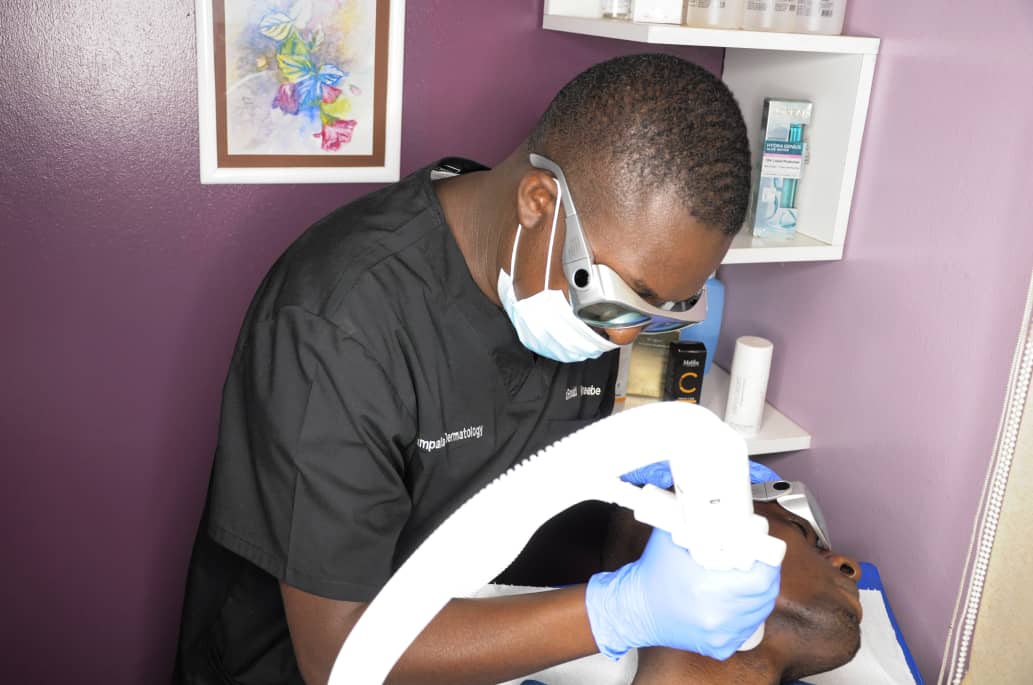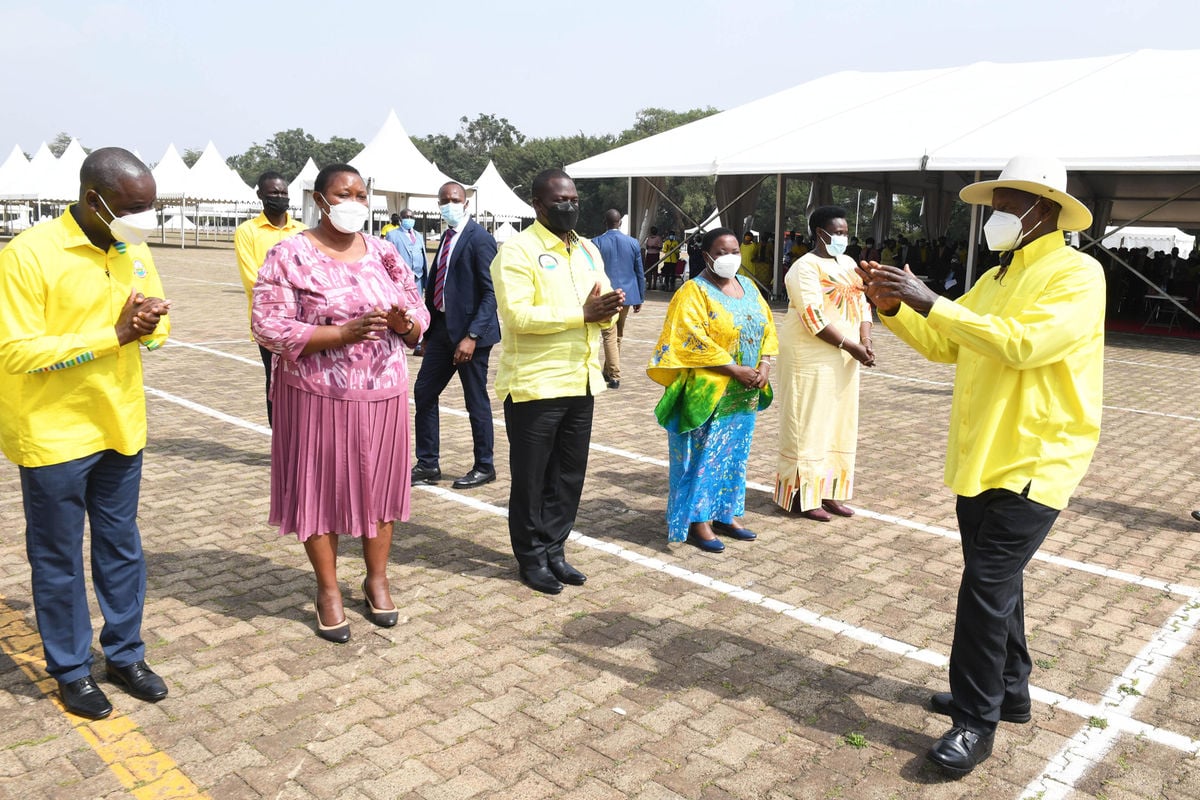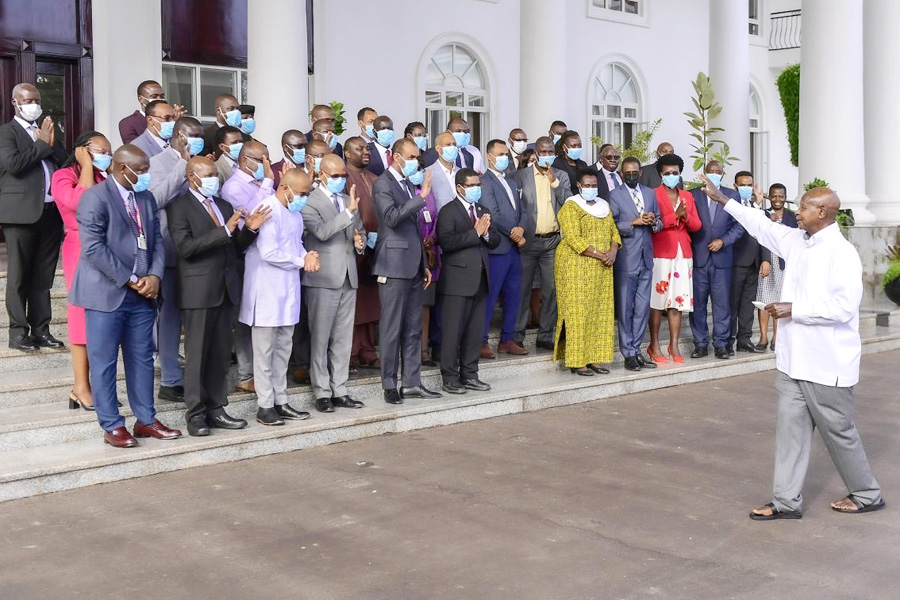Hope after hair loss: Treatment available in Kampala
Hair loss among both women and men is a quietly increasing point of unease and stress among many adults in Uganda.
According to Consultant Dermatologist Dr. Ronald Katurebe of Kampala Dermatology clinic in Bugolobi for some men it comes as early as their 20s which can be a huge discomfort and cause of stress.
He says, “In most cases, men who suffer hair loss as early as their mid twenties, it is due to genetic disposition. If your parents or grandparents from either side both maternal and paternal suffered the same fate, it’s almost certain you will have hair loss as well. What differs however is when it sets in. For some it is as early as in their 20s, while for others it shows up in their 40s and 50s.”
Dr Katurebe explains that ideally you shouldn’t begin losing any hair before the age of 30. If you find your hair thinning, it is important to have it checked by a skin specialist (dermatologist) immediately before it gets out of hand.
Hair loss usually takes two forms; localised alopecia which takes the form of patches in particular parts of the head and diffuse alopecia which usually starts from the centre of the scalp, spreads and covers large spaces also called general hair loss.
Progressive and Permanent hair loss
This type is more common in men although it affects some ladies too. Also referred to as Androgenic Alopecia because it’s largely caused by Androgens which are male hormones that damage hair follicles which are the roots of our hair according to Dermatologist Dr. Katurebe.
Usually this form of Alopecia (hair loss) manifests with hair loss in the crown (centre) and frontal parts of the scalp as it spreads.
This type occurs less in women because they have much less androgens that tick it off. However it manifests with hair loss in the crown for women and the onset is usually much later starting in their 40s and 50s.
Other causes of hair loss
Hair loss can also be caused by fungal infections, severe dandruff, other diseases like psoriasis, lupus and heat or chemical treatments especially among ladies.
Tight plaiting when done persistently can also cause scaring of the scalp and permanent hair loss.
There are also a number of internal conditions in the body that may cause generalised hair loss.
According to dermatologist Dr. Ronald Katurebe, these include nutritional deficiencies especially protein and iron, diseases of the thyroid gland, high stress triggering events like giving birth, severe sickness and grieving the loss of someone close.
Medically induced Alopecia may occur from persistent use of drugs for blood pressure, ulcers prescriptions and pain killers especially in the NCAIDs category. Alopecia Areata is also another cause of partial hair loss often mistaken for ringworm. It is an autoimmune disease usually triggered by stress.
Treatment of Alopecia (Hair loss)
Usually diagnosis should come first, Dr. Katurebe emphasizes. “ It is critical to visit and consult with a dermatologist before starting any treatment because the cause determines the course of treatment” he says.
For Alopecia resulting from medication, on stopping these medications, the hair usually recovers.
If the hair loss or thinning is a result of heat and chemical treatment or traction alopecia (tight plaiting), when detected in time the first course of action is to stop the plaiting, heating and chemical use.
“Going natural, stopping the plaiting can help with restoring one's hair in this case and we can support with prescribing medication and creams which stimulate and strengthen the hair plus nutritional supplements” Dr. Katurebe notes.
 Dr Katurebe works on a patient
Dr Katurebe works on a patient
Where one suffers from progressive and permanent Alopecia mainly among men although women are affected too, they manage it and try to prolong the full on set of balding. This is through ensuring the scalp is healthy and an ideal environment for hair growth is maintained. “In this case as well medical creams to strengthen and stimulate hair growth are given plus medical supplements on top of good shampoo to ensure hygiene of the scalp.”
Treatment for Progressive and permanent Alopecia
Specifically for men facing this type of hair loss as it advances, a special treatment called Scalp micro pigmentation can be carried out to mitigate it at Kampala Dermatology clinic in Bugolobi.
“This type of non invasive, no bleeding procedure involves the use of special medical pigments to create the illusion of a new hairline and hair in bald areas of the scalp. This often looks like hair regrowth after a hair cut and it’s done in 2 to 3 sessions at most,” says Dr. Katurebe.
To maintain it looking pristine good one has to ensure the other parts of the head that still have growing hair are always trimmed and hair kept short to match with the pigmentation.
Alternatively a full hair transplant which is a more complex and costly procedure too can be done although it’s a 50-50 in that it can either fail or succeed depending on the post transplant management of the new hair.
Twitter:@michaelkanaabi
Email: michaelkanaabi@gmail.com
WhatsApp: +256701133509













